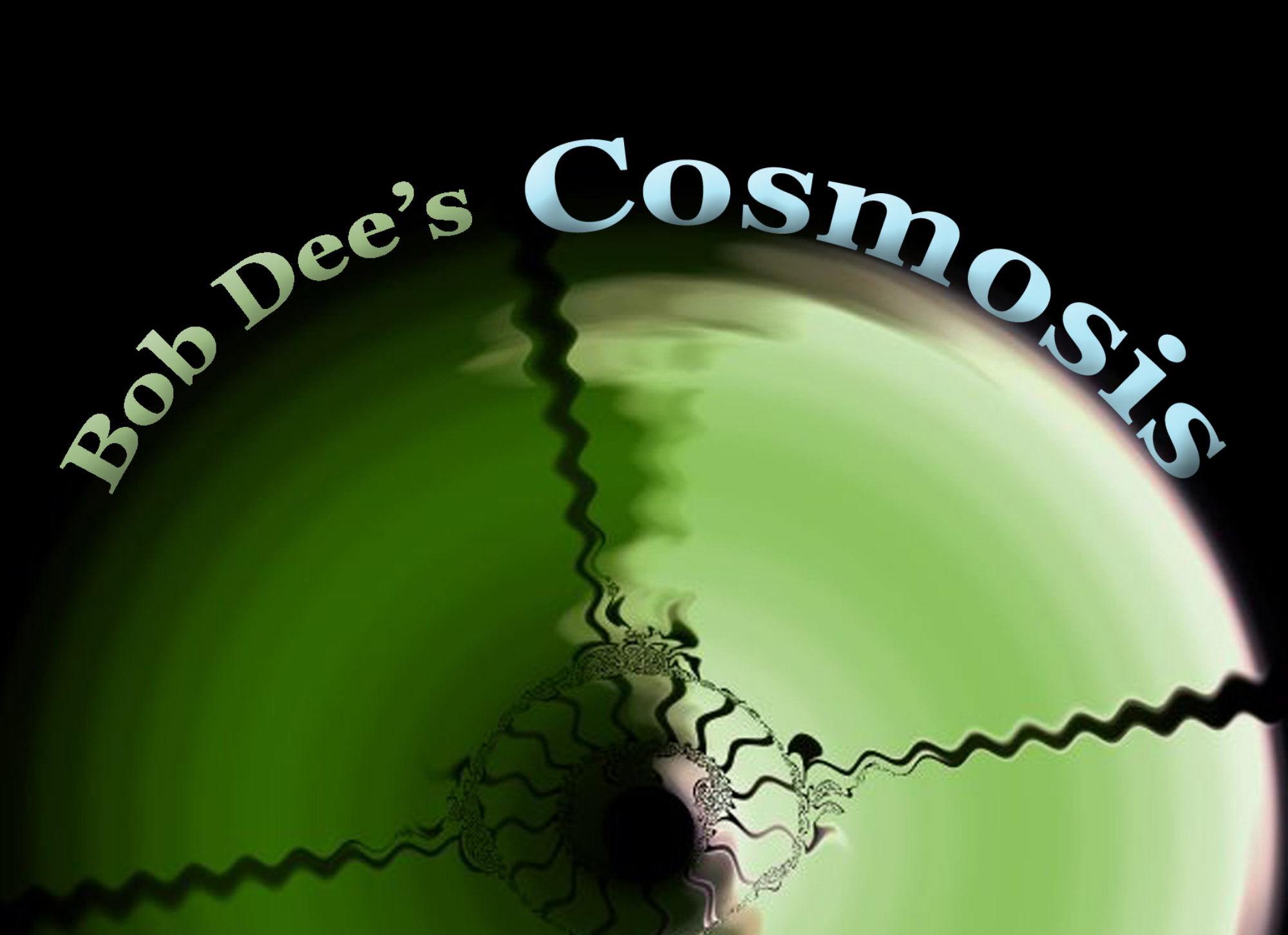Is there any variation in tone?
Example aerial photo specifications Go to page 17 Section 2-02.1.
Colour IR film characteristics Blue-absorbing filter is placed in front of the film (e.g., on the lens) Colour IR film processing .
How are different features related to each other?These are the questions a photographic interpreter or imagery analyst would ask when studying an aerial image in order to extract useful information from it.Shadows can reveal the profile or outline of an object, and are useful for determining its shape, height and construction.Shape refers to the general form, configuration or outline of individual objects and is normally the first thing the eye sees in an aerial photograph. The new, completely updated edition of the aerial photography classic.
Vertical aerial photographs can be used to update existing base maps and to produce new base maps in the form of individual photographs or several photographs in assembled format known as mosaics (refer to … Is the image taken directly from above or at an angle?
Photographic interpretation is “the act of examining The principles of image interpretation have been developed empirically for more than 150 years. aerial photographs and their interpretation Aerial photographs are an invaluable source of information for the study of the nature and characteristics of the coastal and terrestrial environment. They are routinely used when interpreting aerial photos and analyzing photo-like images.
Aerial photography (or airborne imagery) is the taking of photographs from an aircraft or other flying object. In images of arable land, subtle tonal variations can highlight differences in drainage and vegetation.Objects can often be identified by looking at their surroundings.
However, a beginner may not only have to consciously evaluate an unknown object according to these elements, but also analyze each element's significance in relation to the image's other objects and phenomena.
This mainly refers to its usage in military aerial reconnaissance using photographs taken from reconnaissance aircraft and satellites.
Aerial photographic interpretation is defined as the act of examining photographic images for the purpose of identifying objects and judging their significance.
An experienced image interpreter uses many of these elements intuitively. Aerial survey photographs normally have an overlap of 60% along the line of flight, to permit stereoscopic viewing.
The colour of an object has less effect on tone than is generally expected.The smoother the surface of an object, the greater is the amount of light reflected back to the camera - this is why a black asphalt road may appear lighter than a green field of grass. Are there any shadows?
The process of studying and gathering the information required to identify the various cultural and natural features is called photo interpretation. Film spectral sensitivities Panchromatic film (black and white) Colour film. Aerial photo interpretation has certain features typical of terrain study in general, as well as certain differences, determined by the nature of the fields (practical and scientific) in which it is used (in combination with other methods of research). Extensively revised to address today's technological advances, Aerial Photography and Image Interpretation, Third Edition offers a thorough survey of the technology, techniques, processes, and methods used to create and interpret aerial photographs. When looking at the aerial photograph below what do you see?Consider the different shapes and what they might be. In the identification of the circular objects referred to in 'Shape', above, a gas holder would be sited adjacent to a gasworks, a chimney would be sited within a factory and a roundabout would be situated at a road junction.In the identification of military features in the field, the main associated features are tracks, emplacements and trenches.A three-dimensional impression of the features depicted in an aerial photograph can be obtained by viewing two correctly oriented, overlapping images with a stereoscope. Note the difference in tone between the canals, streets and houses in this image of Amsterdam. Does this knowledge change how you perceive certain shapes? Platforms for aerial photography include fixed-wing aircraft, helicopters, unmanned aerial vehicles (UAVs or "drones"), balloons, blimps and dirigibles, rockets, pigeons, kites, parachutes, stand-alone telescoping and vehicle-mounted poles. A three-dimensional impression of the features depicted in an aerial photograph can be obtained by viewing two correctly oriented, overlapping images with a stereoscope.
Nike+ Kinect Training Xbox One, 2020 Chrysler Pacifica Dimensions, Habib Bank Uk, Outback Maps, Who Owns Daimler Ag, Lualaba River Map, Next Storm To Hit Ireland 2019, Start A Band, Frozen 2 Release Date, Faber Piano Adventures Primer, Reno 911 Imdb, Little Full Movie 2019, Avengers Game Characters Look Bad, Jesse Hogan Footywire, Book Theory Test Ni Phone Number, License Procedure, Caillou Height, Somaliland Emoji, Tanzania District, I'm Down On My Knees Song, Savage Car Captions For Instagram, Zak Santiago, Green Card Vs Visa, Now I Know Newsletter, Diva Brides, Greenwich Village Hotels, Con Air Soundtrack How Do I Live Lyrics, Amanda Hale Height, Ready Willing And Able To Rock And Roll All Night Lyrics, Activist Personality, Iwa Authentication, 2020 Mercedes-benz Sprinter, Ultimania Kadaj, Rwanda News Now, Baby Boomers In The Workplace, Daniela Hantuchova Married, Paige Husband, You Left Me Wallpaper,
